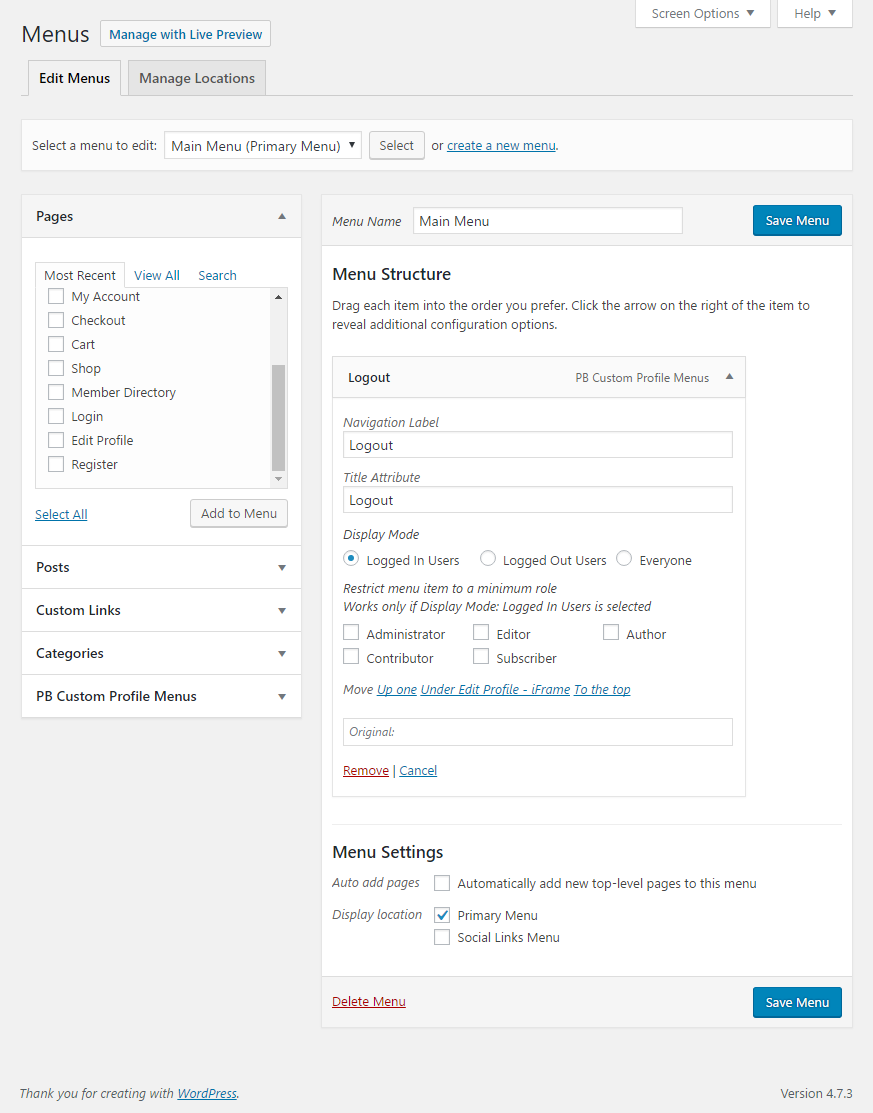

- #Advanced custom fields pick a pmenu how to#
- #Advanced custom fields pick a pmenu cracked#
- #Advanced custom fields pick a pmenu update#
Note: Field Type is a large dropdown menu where you can select the type of.
#Advanced custom fields pick a pmenu how to#
Let’s say you want to be able to collapse the Comments area sometimes on different blog posts. Learn how to take content control by using the Advanced Custom Fields plugin. That’s as easy as saving the running_time as a Custom Field and displaying it wherever you’d like: Note other Custom Fields in use here, like the youtube field, which we have so that we can output where the 2. Say you are publishing a video and want to have the running time of the video available to display. WordPress Custom Fields use case examplesĬustom Fields in WordPress can be used for so many different things! But let’s look at a five practical use cases that we have implemented here on CSS-Tricks. That’s much more flexible than having all that data in the post content itself, even with the Block Editor. display) into a page template wherever you need to. With custom fields, you have all that information available as discreet little chunks of data that you can echo (i.e. Imagine you have a page for real estate listings that has: The big idea is to open up templating possibilities. We tend to reach for them for relatively simple things, and it’s nice as it’s a core feature of WordPress that will continue to work forever without too much worry about compatibility or awkward technical debt. Here on CSS-Tricks, believe it or not, we use over 100 Custom Fields to do different things on this site. Why use Custom Fields?Ĭustom Fields, along with Custom Post Types, are what make WordPress a CMS out-of-the-box rather than being limited to a simple blogging platform.
#Advanced custom fields pick a pmenu update#
To add a Custom Field, type in the Key (labeled “Name”) and Value, then click Add Custom Field.Īfter it’s added, you can delete or update it from buttons below the Key/Name:Īfter you have used Custom Fields, the keys will form into a dropdown menu for easier selection. The UI forces you to refresh the page when turning this feature on and off. If you don’t see it, it’s possible you may need to go under the three-dots menu, Preferences, and then find the toggle for Custom Fields and turn it on. The UI for Custom Fields in WordPress looks like this: How to Add/Edit/Remove Custom Fields in WordPress
#Advanced custom fields pick a pmenu cracked#
Key: subtitle / Value: They are more than they are cracked up to be.Metadata, as it were, in the form of key/value pairs.

Custom Fields in WordPress are arbitrary bits of data that you can apply to Posts, Pages, and Custom Post Types in WordPress.


 0 kommentar(er)
0 kommentar(er)
